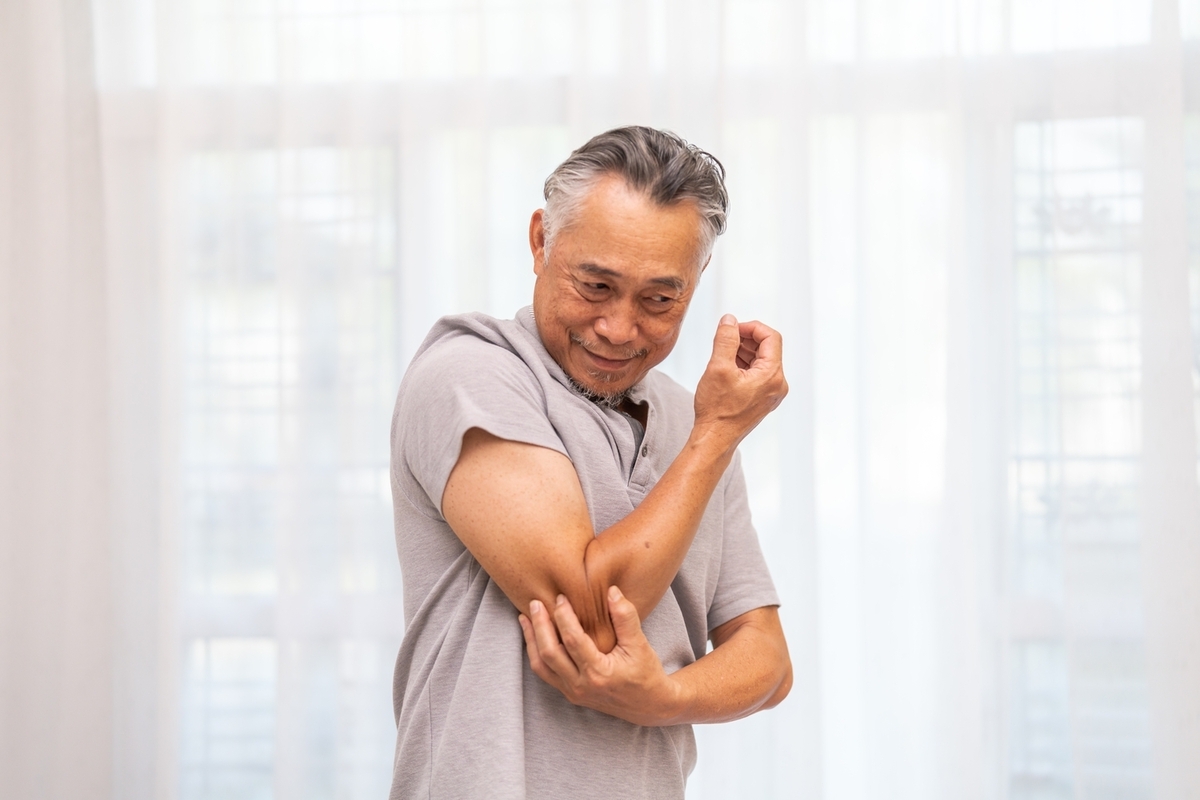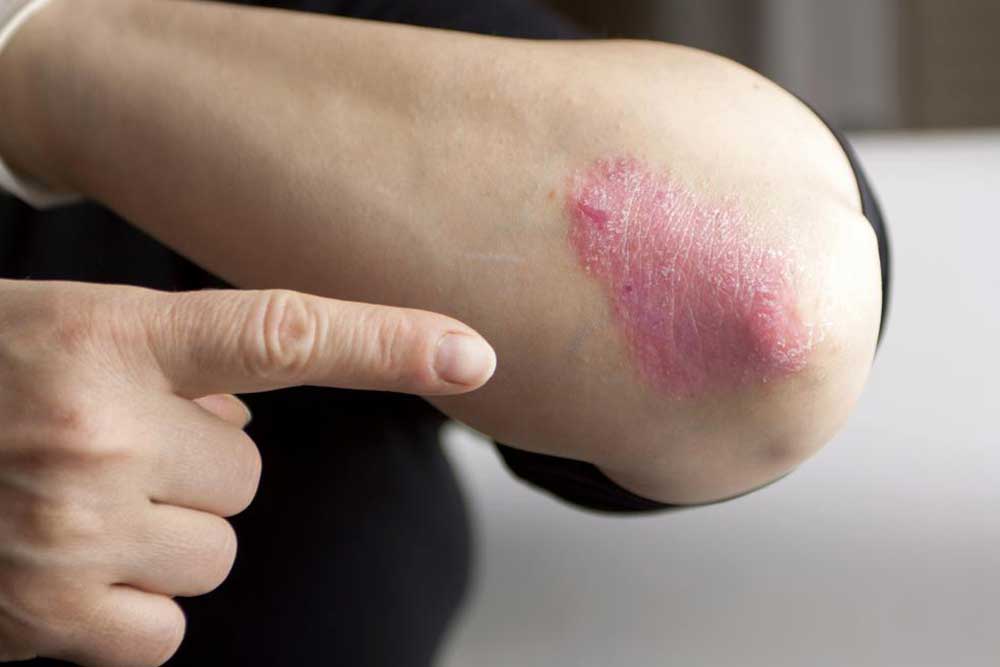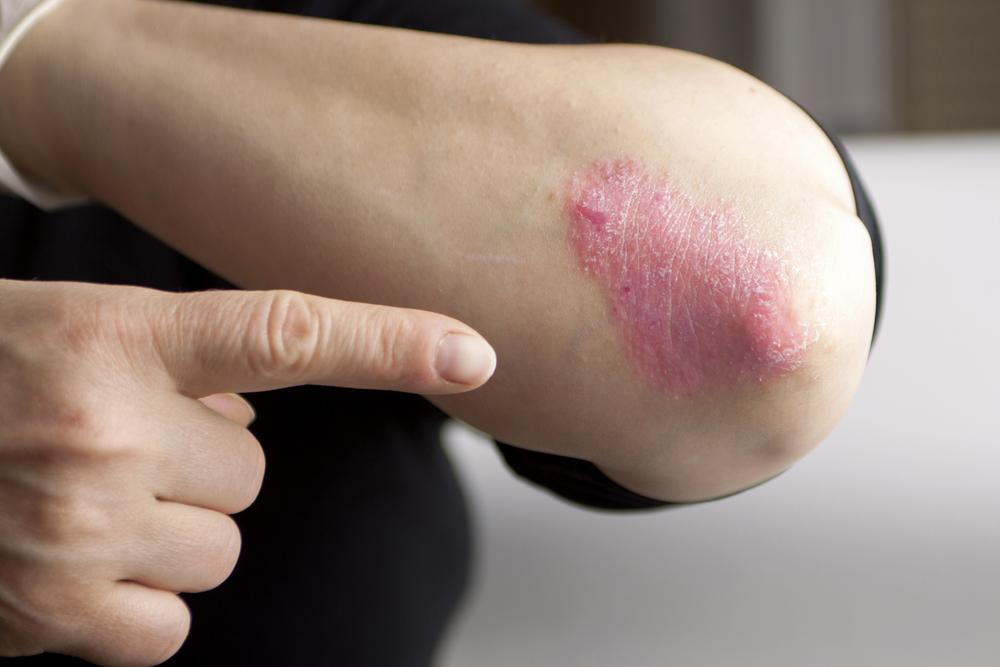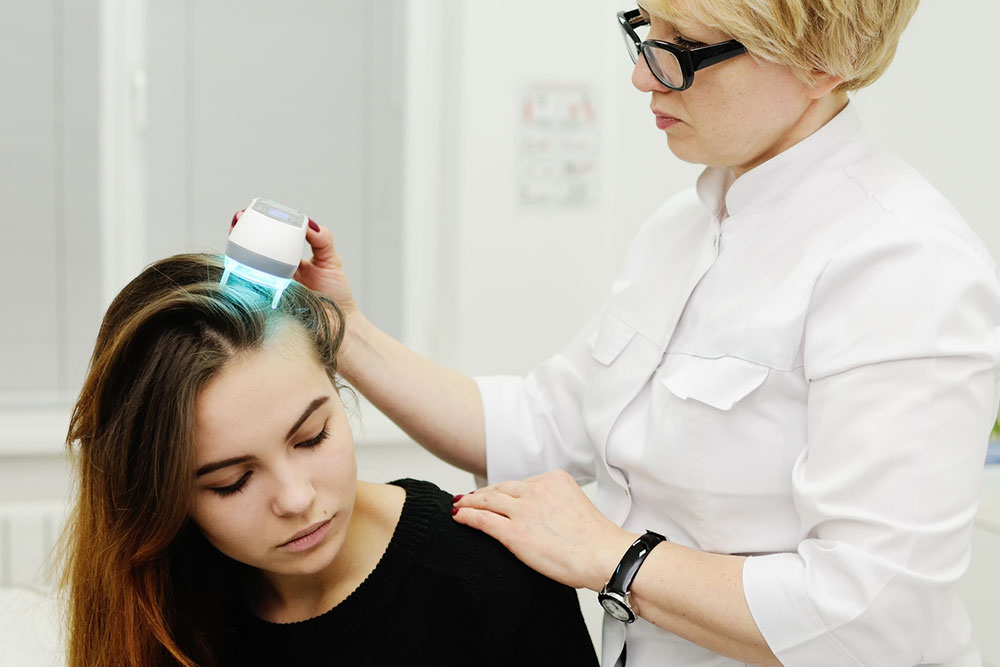Comprehensive Guide to Psoriasis in Seniors: Detection, Symptoms, and Effective Treatment Strategies
This comprehensive guide explores psoriasis in seniors, focusing on recognition, symptoms, and tailored treatments. With age-related skin changes and common health issues, managing psoriasis requires personalized strategies, including skincare, diet, stress management, and appropriate medical intervention. Early diagnosis and ongoing care improve quality of life and prevent complications in elderly patients. Healthcare professionals and caregivers play crucial roles in delivering holistic treatment plans to address the unique challenges faced by older individuals with psoriasis.

Understanding Psoriasis in Older Adults: Recognizing Symptoms and Managing Plaque Conditions
Psoriasis is a chronic, immune-mediated skin condition that significantly affects millions of people worldwide, with a notable prevalence among older adults. This persistent skin disorder manifests through the rapid turnover of skin cells, leading to the development of red, thickened, and scaly patches known as plaques. Among the various types of psoriasis, plaque psoriasis is the most common, and it often presents unique challenges in elderly populations due to age-related skin changes and comorbidities. In this comprehensive guide, we delve into how psoriasis manifests in seniors, the specific signs to watch for, and the most effective management strategies tailored to this age group.
Understanding the presentation of psoriasis in older individuals is crucial for early diagnosis and effective treatment. With advancing age, the skin undergoes thinning, loses elasticity, and may be more sensitive to external triggers. These changes can alter the typical appearance of psoriasis, making it sometimes harder to distinguish from other skin conditions common in seniors. Recognizing classic signs such as raised, silvery-white patches or plaques that frequently appear on areas like elbows, knees, scalp, or lower back is essential for timely intervention. Additionally, elderly women may experience specific symptom variations influenced by hormonal changes, which can affect both the severity of the condition and the psychological impact.
Accurate diagnosis involves a detailed skin assessment, and in some cases, a biopsy may be necessary to rule out other dermatological issues. The diagnostic process should consider factors like thinning skin, increased skin fragility, and coexisting health problems such as diabetes or cardiovascular diseases that might interact with psoriasis treatments. Moreover, because aging skin often reacts differently to medications, a personalized approach is vital for achieving optimal results with minimal side effects.
Effective management of psoriasis in seniors requires a holistic approach that encompasses skincare routines, lifestyle modifications, and medical treatments. Regular application of moisturizers is fundamental to soothe dry, flaky skin and restore the skin’s barrier, reducing the frequency and severity of flare-ups. Choosing gentle, fragrance-free products helps prevent irritation and damage to fragile skin. Nutritional strategies, including an anti-inflammatory diet rich in omega-3 fatty acids, antioxidants, and vitamins, support skin health and overall well-being. Stress management techniques like yoga, meditation, or breathing exercises can also significantly reduce stress-induced exacerbations of psoriasis.
Sunlight exposure over moderate periods may help alleviate some psoriasis symptoms through ultraviolet (UV) light’s immunosuppressive effects, but precautions are necessary to prevent sunburn or skin damage, especially in older adults with thinner skin. Safe sun exposure should be supervised and balanced with protective measures such as sunscreen and protective clothing. Consulting healthcare professionals is essential for developing personalized treatment plans, especially as older adults often have multiple medications or comorbid conditions to consider.
Medical treatments for elderly psoriasis patients include topical agents like corticosteroids, vitamin D analogs, and coal tar preparations, which can be effective with proper monitoring. Phototherapy may also be suitable for some seniors, under medical supervision. In more severe cases, systemic therapies, such as biologics or oral medications, may be prescribed, but they require careful consideration of potential side effects and interactions with existing health conditions. Regular follow-up and monitoring are critical for adjusting treatments and preventing adverse reactions.
In addition to pharmacological approaches, lifestyle adjustments play a crucial role in managing psoriasis in seniors. Maintaining adequate hydration, avoiding known triggers like stress or certain medications, and practicing good skin hygiene are practical measures to lessen flare-ups. Support from caregivers and family members can improve adherence to treatment routines and provide emotional support, which is often overlooked but vital for overall quality of life.
Patient education is a cornerstone of successful management. Helping seniors understand their condition, recognize early signs of flare-ups, and adhere to treatment plans enhances outcomes and reduces complications. Support groups and counseling can also address the emotional and psychological impact of psoriasis, which can significantly affect self-esteem and social interactions. A multidisciplinary approach involving dermatologists, primary care physicians, nutritionists, and mental health professionals ensures comprehensive care tailored to the unique needs of elderly patients.
In conclusion, managing psoriasis in older adults requires an integrated, patient-centered approach that considers age-related skin changes, comorbidities, and lifestyle factors. Early recognition, personalized treatment strategies, and ongoing support can effectively control symptoms, prevent complications, and improve overall quality of life for seniors living with psoriasis. Healthcare providers should stay informed about the latest advances in dermatological treatments and adapt care plans to meet the evolving needs of this vulnerable population.





